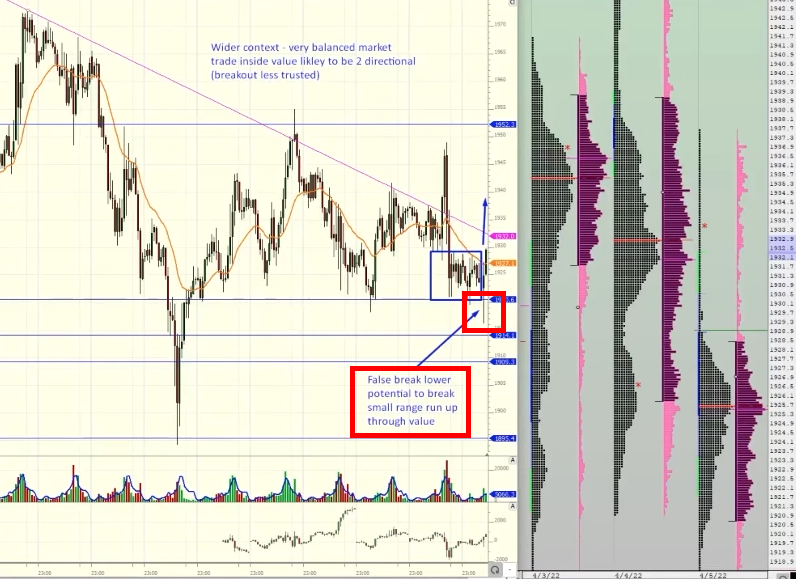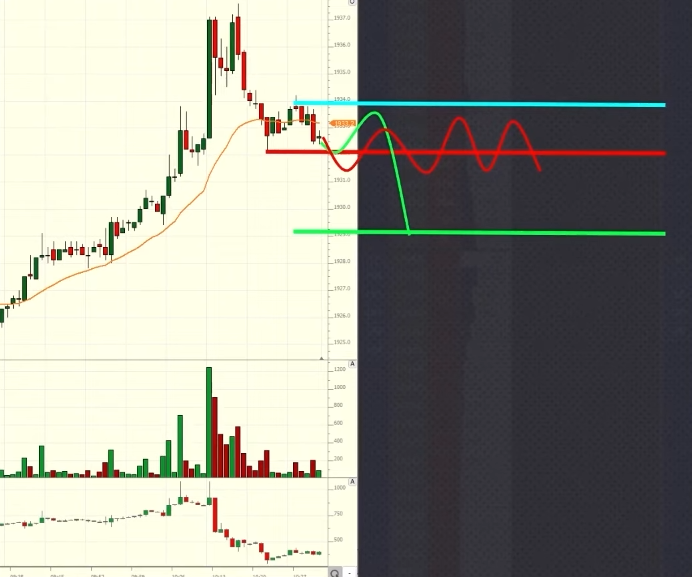How To Build Exit Trading Strategy Introduction
In this blog post, we will focus on how to build a robust exit trading strategy. One of the common pitfalls of trading is that we tend to overweight our momentary feelings over rational reasoning. Our ability to reason diminishes when we have to face an open trade, it is at that time we are prone to make irrational decisions. If we are aware of this pitfall, we must ask ourselves what can we do to prevent our emotions interfere with our reasoning process. The answer is fairly simple but not easy. We need a detailed, intimate understanding of our plan prior to opening the trade. Before we enter a trade, it should be clear to us what we want to see and what we don’t want to see at critical junctures of the trade. There are more risk management techniques that should help your trading and if you want to improve in that aspect, don’t forget to check our previous post Prop Trading Risk Management Tips.
How To Manage Your Exits
As we have stated in the introduction, it all comes down to two questions:
- what do you want to see?
- what you don’t want to see (invalidation criteria)?
If you don’t have these, you don’t have a trade. Full stop. Entering just because you have an entry point is not sufficient. You need to have a strong reason for the overall trade, not just the entry. Having the access point, stop and target is a good start. Even if you trade for a runner, you should have a target in mind. Why? Because it narrows down your focus to places of resistance. If the market gets there, it should not surprise you what to do next. `
Speaking from personal experience, it is good that you understand yourself as well. In general, how well your brain operates under time pressure? Because essentially that is what trading is about. The market gets from point A to point B, now you need to evaluate. You can’t stop the time and deal with the situation, new prices feeding the tape constantly putting you under time pressure. Some people are better than others under time pressure, so you need to be honest with yourself. Ask yourself the above question. The less good you are, the more you need to double down on your plan and maybe even a time horizon.
Knowing what you want to see / what you don’t want to (expectations) see and understanding how well you deal with time pressure are three important steps towards a robust exit strategy. The next step is the evaluation of your expectations vs reality in real time. The expectations come down to what are SIGNIFICANT factors that can change your mind. Many times we exit a trade because we “did not like” the tape. Or that “the correlation was breaking”. Ask yourself:
“What are the SIGNIFICANT factors for me to change my mind?”
Incorporate those factors in your general trading prep. Be as specific as possible. Also, name a list of INSIGNIFICANT factors that usually interfere with your decision-making when you are in the trade but are not relevant for your trade.
For example, lets conside the long trade that was initiated by a breakout:
| Significant Factors For Reversal (What You Don’t Want To See) | Insignificant Factors To Stay In The Trade (What Is Ok To See) |
| At TP1, the market will create a strong rejection/excess candle, with the volatility and volume of 2STD or strong Delta flip -> this will mean that new participants entered the market and I will be trading against new momentum that entered the market | The trade does not do anything-> be specific: the market will start to trade rangebound within 1TPO -> market found new local value, it is a standard feature of the market |
| Before the TP1 market starts to compress, build time (4 TPO’s) and create 3×3 structure with skew against my position -> this will put pressure on my asymmetrical skew and create a 50/50 type of trade | Aggressive sellers step in but aren’t having any meaningful follow-through within 2TPOs -> there are participants that will trade against you agressively but to reverse the move, they can’t work in isolation. More and more sellers need to get on board with the idea. |
| Immediately after I access the trade, I want to see the aggressive buyers with sticky bid and LVN’s left behind -> this validates my thesis, that stops are being triggered and new participants enter market | Pullbacks that are within 2std of the average rotation are ok -> even deeper pullbacks that are still within the previous range should be considered a healthy auction process for your type of trade |
| Market moves in a “stack bricks” fashion and keeps building the volume higher and higher, with previous resistances now acting as a support -> selling pressure is not sufficient therefore my trade idea is still valid, there is more buyers on board of my idea then sellers on the other side | I am up already and have now X% of my targeted P&L, but there is not signal to exit the trade other then P&L -> your monkey brain is messing with you, exiting now decreases your expactancy and destroys your ability to survive as a trader |
| And so on … | And so on … |
The vaguer you are in your reasoning, the more prone you are to make a decision-making error.
Be as specific as possible. Dig deeper, monitor your thought process in your trades, and write down all vague ideas about why not to be in the trade anymore. Look through your journals.
How To Manage Your Exit In Gold Trade
Now let’s zoom in on the Gold trade example. In the Gold trade, the market broke the vulnerable low and immediately reversed. This excess created a burst of new participants while pressuring the old participants to exit the trade that were short hoping for a breakout lower. This fuels further move up. Time for a breakout move to the other side.

Now zooming in on the breakout, we are getting to the expectations you are setting for the trade. In this case, you are setting the expectation for a short-lived move, with a moderate target while the sellers that are being stopped out providing you a bit of tailwind. For the move to keep continuing, you need to define what else you want to see beyond the point of first exhaustion move up. What are the significant factors, you want to see in the market?
- volume building up higher -> be specific
- LVN keep holding -> be specific

Now looking at your move, you have a stretched move and TP1 was hit. What significant factor you dont want to see? Look below. Stretched move, strong delta flip. Now it is all about holding and building value. This is a first significant factor signalling, that this move might be over.

Now with market building the ledge, not willing to re-enter previous excess zone it becomes more and more obvious, that market is more likely to reverse back. The skew works against you now. These significant factors for what you “don’t want to see” are signs for you to exit the trade.

Remember, it is all about how specific you can be with your trade execution. Any vagueness during the planning process makes it impossible for you to make good decisions when under pressure.
If you want to learn how we perfect our trade management strategies don’t forget to check the free webinar we are running at: https://www.elitetraderworkshop.com.
If you liked this type of content, you might check these videos as well:
- What Markets Do You Select When Trading – Price Ladder Trading
- Key Observations To Stay In A Trade – Price Ladder Trading
- 3 Reasons To Get Into A Trade – Price Ladder Trading
If you like our content and would like to improve your game, definitely check one of our courses that teach you all the techniques presented by AXIA traders from a market profile, footprint, or order-flow. If you are someone who likes to trade the news, we have a great central bank course. And if you are really serious about your future trading career, consider taking AXIA’s 6-Week Intensive High-Performance Trading Course.
Thanks for reading and until next time, trade well.
JK




